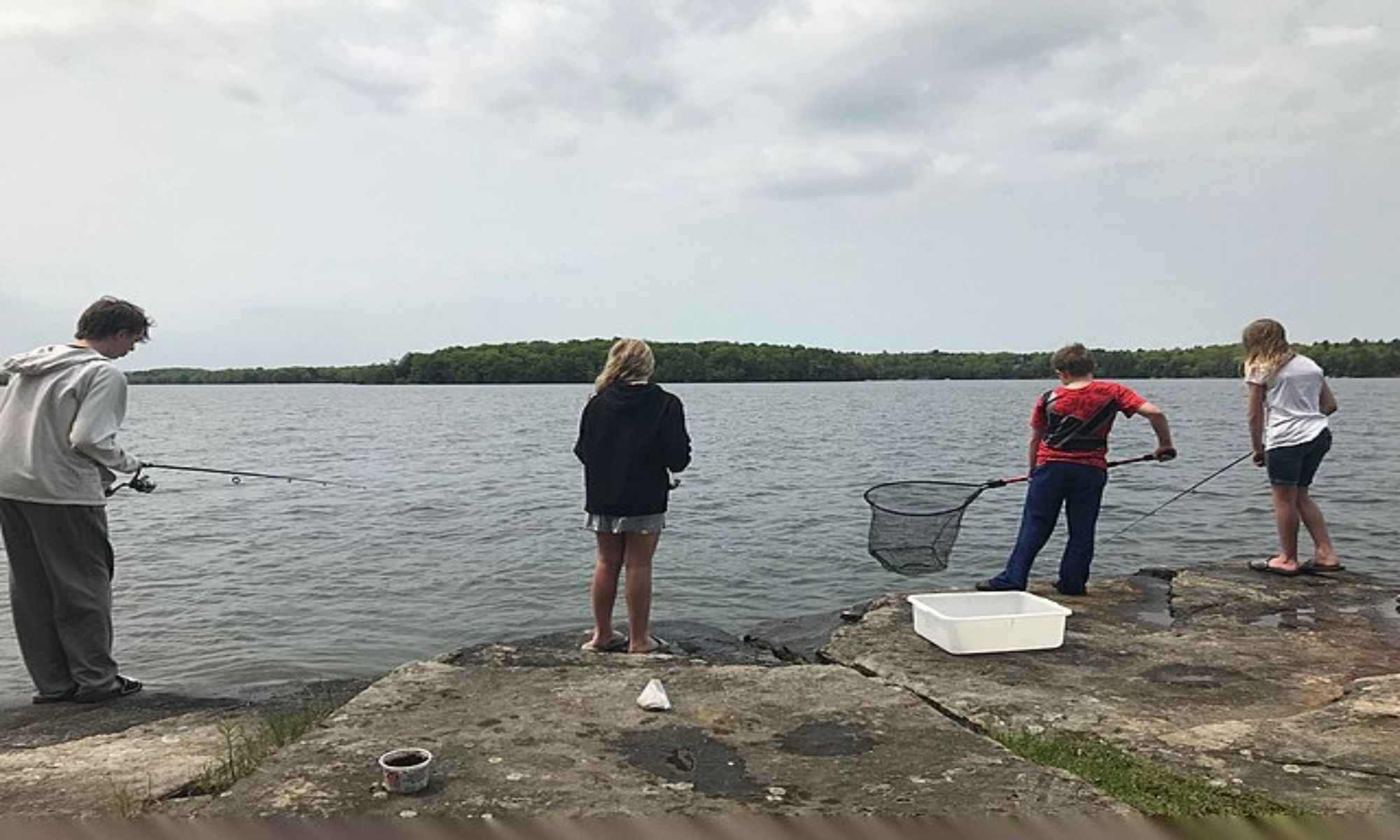Everything You’ll Need for a Fishing Trip
Know which items to prepare and bring on your fishing trip with this handy guide.

Going on your first fishing trip? Whether planning a trip on your own or with family or friends, it helps to have a

checklist of everything you’ll need to make your experience as seamless as possible. If you’re a novice out-of-town angler, it’s hard to determine what to bring and harder to know if you’re under-packing or over-packing.
To help you plan more efficiently, we’ve prepared a guide of all the basics you’ll need for your fishing trip, along with a few tips and reminders to help you keep safe while enjoying a productive fishing experience.

Fishing Trip Basics
1. Fishing License
Every state will have different fishing regulations, but they require you to procure a fishing license before you can even cast a line in any of their water bodies. Don’t wait till you’re in the area to get information on how to purchase one. Look up the state regulations before your trip. If you’re bringing your child with you, look up the exact age requirement — your teen might also need a fishing license.
2. Fishing Gear - Rods and Reels
Your fishing gear will depend on the water body you’ll fish in, your target fish species, and the technique you’ll be using. You’ll need a different gear if you’re fly fishing for rainbow trout, baitcasting for striped bass, trolling for summer flounder, or deep sea fishing for sailfish. If you’ve booked a fishing charter (and if it’s your first time in a new water body, we recommend that you do), your guide can provide tips on what type of gear setup to bring.
A tip: many expert anglers advise against bringing your best fishing equipment on long-haul trips, especially if your trip requires air travel because we know that airline personnel is not the best at handling fragile items. You wouldn’t want to break or, even worse, lose your precious (and expensive) gear along with your luggage.
3. A Well-Equipped Tackle Box
Your fishing tackle box, like your rods and reels, will depend on your target species for your trip. It’s best to keep a mix of tackle: your standard set of hooks, lures, sinkers, or bobbers, along with a dehooker, some extra fishing line, and leader material. Have a good variety to experiment with, especially with your lures or flies. Round out your box with essential tools such as pliers, scissors, and a pocket knife. If you’re pressed for space, a multi-tool should be more than enough. Bring a tape measure to make sure you’re only keeping catch that’s within state regulations.
A tip: anglers are stewards of the environment, and one of the best ways to advocate for conservation as an angler is to practice safe and proper catch-and-release. Make sure to bring and use barbless and circle hooks, as both can be removed easily and quickly from the game fish without causing much tissue damage. Have an unhooking mat ready if fishing inland to protect your catch further.
Another way to incorporate conservation into your fishing is to use tackle made with eco-conscious materials to prevent habitat destruction.

4. Bait
A good idea is to go the non-conventional route with your bait to save money on your trip. Some anglers use alternative bait instead of the usual live bait fish. Popcorn, bread, spam, and sweetcorn are just some bait substitutes growing in popularity among experimental anglers.
Fishing Trip Protection and Attire
1. Sun Protection
Bring your non-spray SPF 50, bucket hat, and polarized sunglasses for ample protection against the sun's glare. Fishing in downcast conditions? Yes, you’ll still need sun protection as you’ll still be exposed outdoors even if you can’t exactly see the sun's rays.
2. Fishing Outfits and Accessories
Wear layers to give your body ample protection no matter what type of weather you’re fishing in, but make sure you’re wearing clothes that fit right and dry quickly. Have a pair of good quality anti-hook fishing gloves to prevent accidents when unhooking your trophy fish. Bringing an extra set of clothes should also be helpful, even if you’re only going on a half-day trip.
3. Non-Slip and Non-Marking Shoes
Non-slip and non-marking shoes are essential for any angler, whether fishing on a boat or riverbanks. Wearing them allows you to stay safe on your feet and keep your environment damage-free.
4. Personal Flotation Device
This is especially crucial if you’re fishing on a boat, as most, if not all, states require wearing one if you’re leaving land.
5. First Aid Kit
Fishing has its sets of hazards, like any outdoor sport, so bringing a basic first aid kit is a no-brainer. Prepare some seasickness medications if you’re unsure about your sea legs on your deep sea fishing adventure. And if freshwater fishing during the summer, have bug spray on hand.
Fishing Trip Extras:
1. Fishing for Table Fare
Pack a cooler with ice, some baggies to store your catch, and a filet knife to bleed and clean your fish before packing it in.
2. Sustenance
Bring food and drinks when fishing because this sport will use your energy. Avoid dehydrating food and beverages, including salty food items, soda, and alcoholic drinks. Fresh fruit and veggies (but not bananas!), sandwiches, and plenty of water are the best food items to bring.
3. Waterproof Containers
Keep your cell phone, camera, and other items safe in waterproof bags, whether inshore fishing or deep-sea fishing. You can store them in airtight zip lock bags or invest in a good waterproof dry bag for total water protection.




